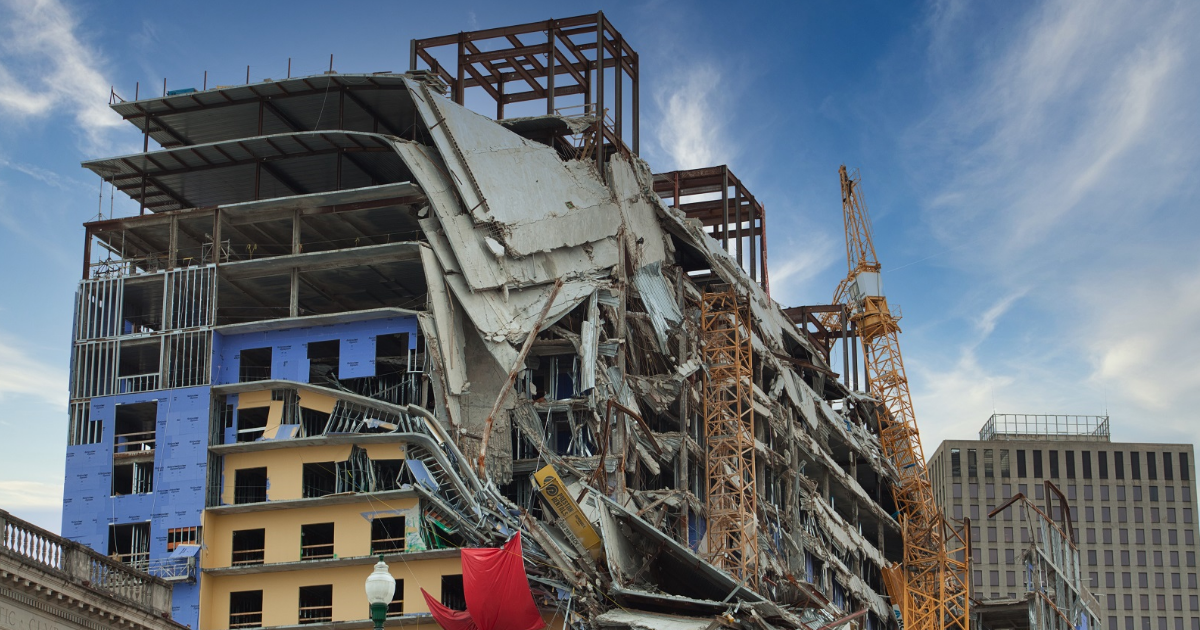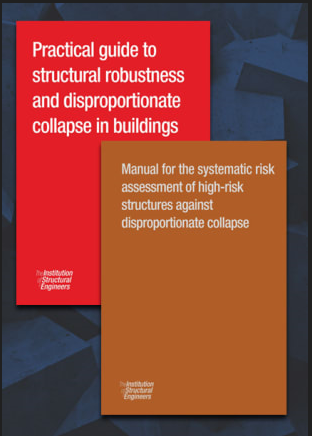Horizontal tying resistance and structural robustness
We asked, you answered, we listened and we delivered!
Software vendors have long been criticized for not giving their customers what they actually want – they have a long history of giving them what the vendors think they want!
This is why IDEA StatiCa commissioned a survey of their users in the UK. The aim of the survey was to better understand the wants and needs of our customers.
As a direct result of this, we have introduced a new analysis method called horizontal tying resistance in the new IDEA StatiCa version 22.1, released in October 2022. But what does this new feature address?
We, as structural engineers, know how buildings should behave and they are designed to withstand forces we can safely predict. What happens, however, when things we cannot predict occur? Accidental damages from an impact or explosion are exceptional circumstances and can be allowed when designing a building. Although many countries and their design codes address this, I am going to approach this article from a Eurocode perspective, in particular addressing UK compliance.
Robustness is defined in BS EN 1991-1-7 Actions on structures. General actions. Accidental actions, as follows:
"Robustness is the ability of a structure to withstand events like fire, explosions, impact or the consequences of human error, without being damaged to an extent disproportionate to the original cause."
For steel framed buildings, this is mainly provided by adequate connection design although as buildings get more complex other factors do come into play. This is also a requirement for UK Building Regulations approval.
The requirement does have some historical background: in 1968 the Ronan Point disaster is an example of where progressive collapse resulted in a disproportionate collapse. Confused? The terms disproportionate collapse and progressive collapse are often used interchangeably, but it is possible to make a distinction: progressive collapse is the spread of structural collapse from the initial point of failure of one or more localized structural elements. If progressive collapse occurs it does not necessarily result in disproportionate collapse. See Approved Document A for further information.
Referring to SteelConstruction.info - Structural Robustness, the SCI Publication P391 and the IStructE Practical Guides to Disproportionate Collapse on the same topic, it can be seen that the most common approach is to use effective horizontal tying through connection design to hold columns in place enabling catenary action of the floor beams.
The design forces vary depending on the building class and for Class 2a (see Approved Document A for in-depth definition) each tie member, including its end connections, should be capable of sustaining a design tensile load for the accidental limit state in the case of internal and perimeter ties.
Sample calculation
I used design example 2 of the SCI Publication P358 (commonly referred to as the 'Green Book') to test the approach:
Main column, C = 305x305 UC 137 - Main beam, B = 406x178 UB 74
Horizontal tying force = 175kN
Strain, stress and bearing results:
The design checks also include the relevant tensile resistance of the bolts and welds which can be reviewed graphically and in tabular form.
The material law for this analysis has been adjusted to suit the guidance from the SCI and the relevant parts of the Eurocode where it is stated that ultimate strength can be used to assess the capacities of components. Some particular checks mentioned in the SCI guide are covered explicitly by the use of non-linear analysis and plate checks.
Summary
When asked about how important this feature is and what it means to the UK market Theodore Tsirozidis (Director of IDEA StatiCa UK) had this to say:
"One of our highest priorities at IDEA StatiCa UK is to provide our customers with all the necessary tools and functionalities that will address the needs of the UK market in the best possible way."
He goes on to say:
"Tying forces checks has been the #1 feature request among our users, and we are really excited that this feature is now available in version 22.1 and without any additional cost."
He concludes:
"From now on, IDEA StatiCa will be able to produce even more robust designs and contribute to the creation of structures that in case of accidents will not result in disproportionate collapse."
Thank you again for taking the time to read this article which highlights just one of many enhancements to IDEA StatiCa Connection. If you haven't done so, do not forget to download the new version 22.1.










